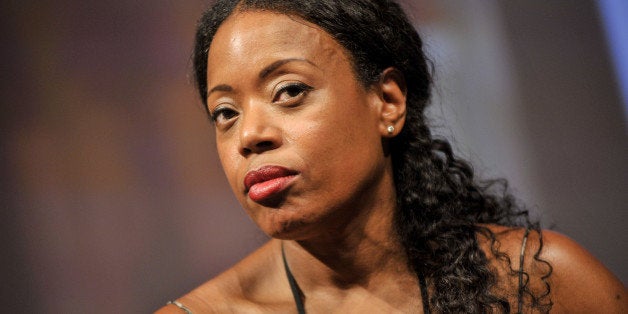
When Michelle Obama stepped onto the stage at the Democratic National Convention in 2012 to talk about her husband and the coming election, the Internet went into an effective group swoon. Words like “spotlight stealing” and “dazzling” were used with abandon. Not about the first lady’s speech, but about her dress: a shimmering pink and silver sleeveless number by the designer Tracy Reese.
Though Mrs. Obama had worn Tracy Reese before, she had never worn the brand in such a high-profile forum, to such universal acclaim. Consensus was, another career had been made — just as Jason Wu shot to prominence after he created Mrs. Obama’s first inaugural ball dress — and a role model born: Ms. Reese is African-American, and her newfound fame would, the chatter went, have repercussions when it came to diversity in the fashion world far beyond the evening.
Fast-forward two years, however, and the schedule for New York Fashion Week, which begins on Thursday, tells a different story. Of the 260 shows on the men’s and women’s wear schedule, only three with any global reach are by African-American designers: Tracy Reese, Public School and Hood by Air. If you count Cushnie et Ochs, which is based in New York but whose co-designer, Carly Cushnie, is Afro-Caribbean, you can get to four.
